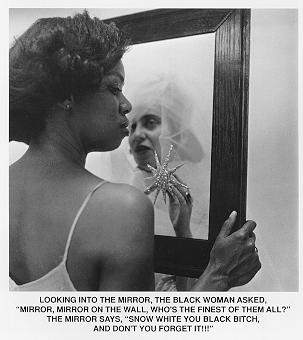The Art Nouveau in French means
'new art' and was replaced by modernist style. This movement was inspired by
natural forms and structures, in flowers and plants but also in curved lines.
During this period show a revival of crafts and of craftsmanship and the
development of new typography and graphic design and also the introduction of
new materials such as opals and semi-precious stones.
“Art Nouveau had no claim to novelty but it
was genuinely new whenever it sought unusual, original effects and was
colourful consistent, harmonious and functional prefiguring the shape of things
to come- The Bauhaus, Surrealism and abstract art.”
Art Nouveau is known as a style of
ornamentation which was designed to made part of ordinary life and was
frequently used for covers of novels, advertisements, and exhibition poster and
marketing.
They wanted to create a new style
which would continue a tradition but not copy it, so the Art Nouveau was
inspirited by distant and exotic civilisations like Turkish, Persian and
Moorish but especially the Japanese.
“The discovery of Japanese art and their influence on painting was important …. Inspire painters with new outlook or new typographical composition or page layout.”
Another characteristic from Art
Nouveau was the frequent use of the woman figure as an allegory and sensuality
but the woman figure was use to sold making them the ultimate symbol of the
modern consumer world, this strategy combining women with products to sold a
lifestyle dream.
“Woman passive and subservient…
the lie of woman was controlled by fashion and any feminine gesture might
supply the subject matter for a supposed work of art.
Quotations
‘Sources of Art Nouveau’
Stephan Tschudi Madsen (1975) by Da Capo Press- New York
















%5B1%5D.jpg)
